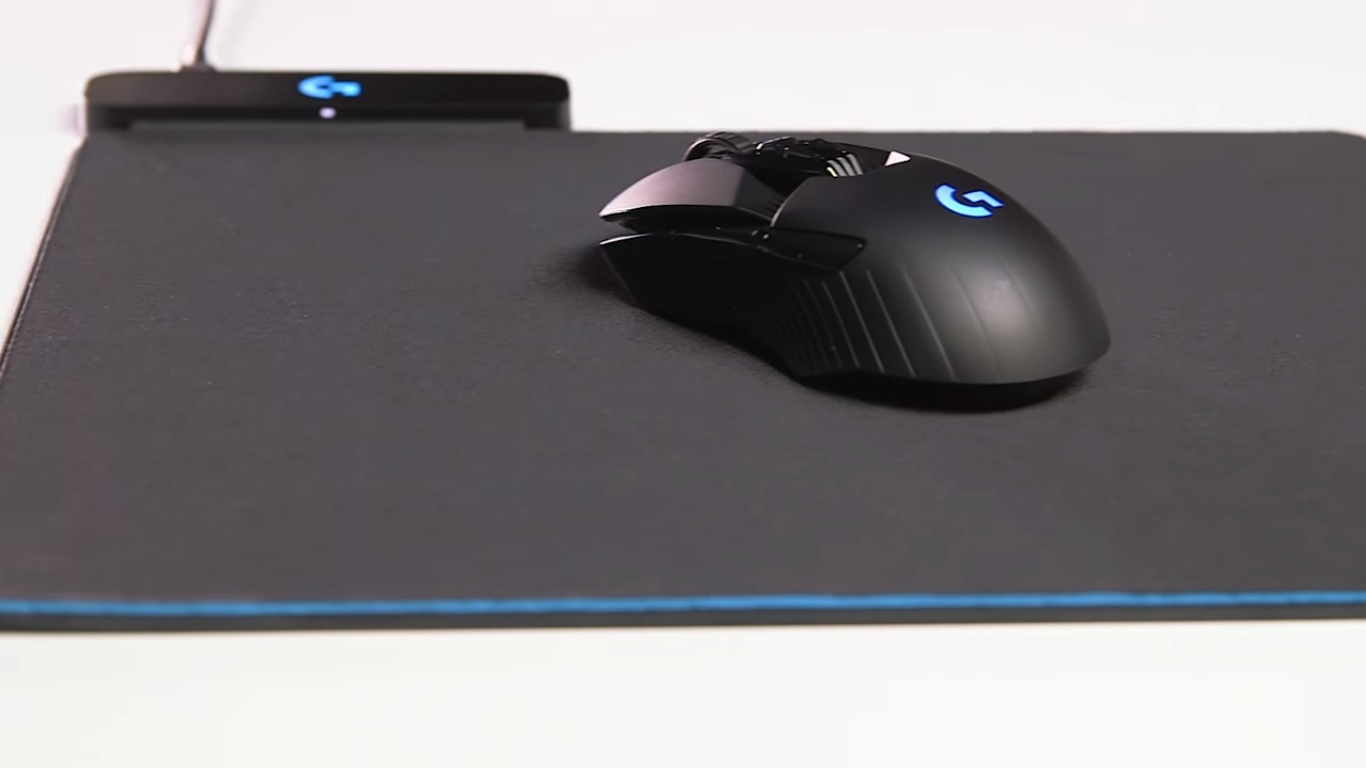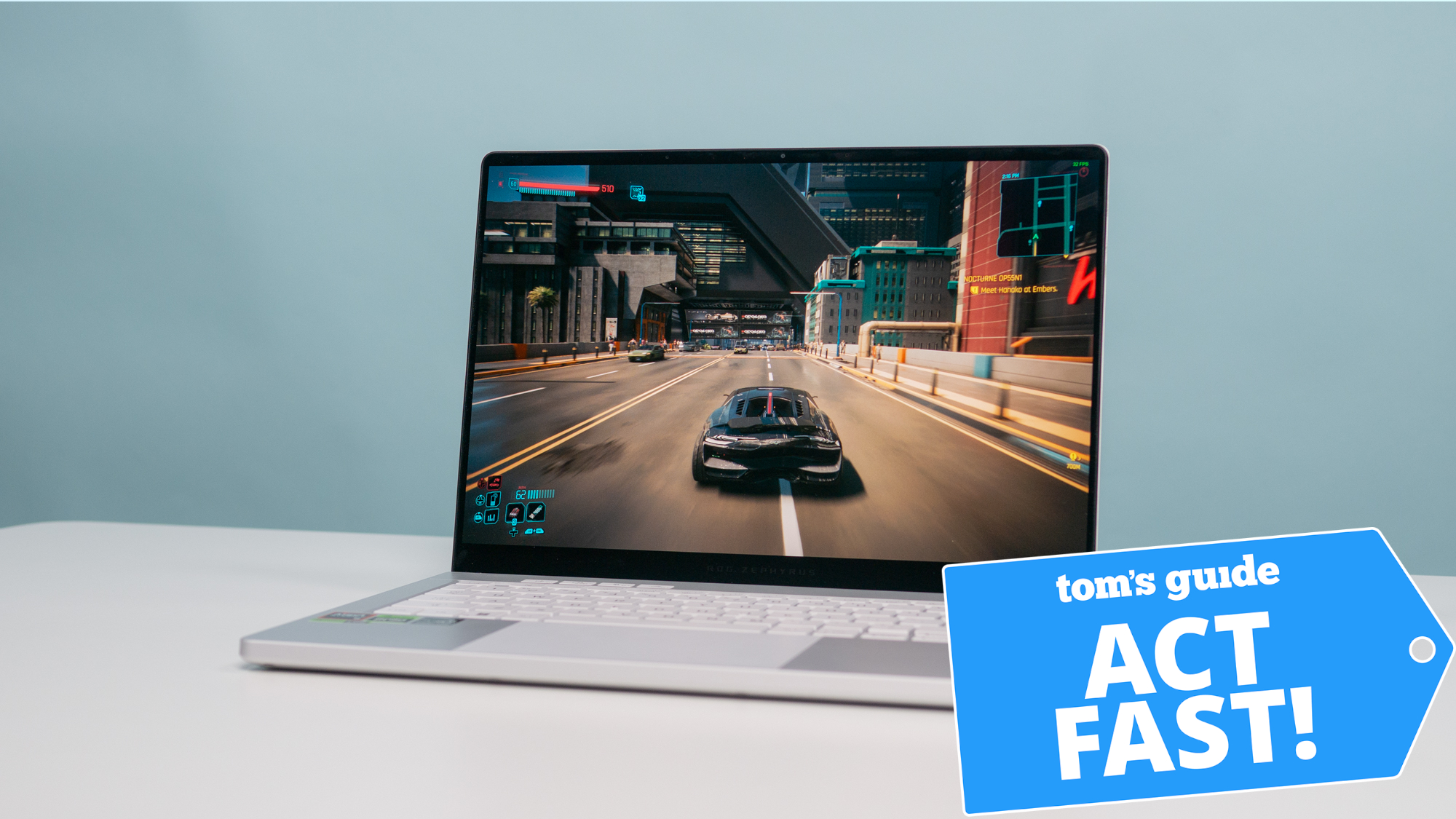Logitech’s Wireless Charging Powers Two New Mice
Logitech announced two new mice that will make use of the Powerplay system: a mousepad that charges peripherals while you use them
Wireless mice have come a long way in the last few years. However, even though they’re much more reliable and versatile than they’re used to be, battery life can still cause concern among demanding gamers. Logitech wants to end wireless battery woes once and for all with its new Powerplay system: a mousepad that charges peripherals while you use them. Along with the system, Logitech announced two new mice that will make use of it.

I met with Logitech to take an advance look at both the Powerplay mouse pad ($100) and the two mice that accompany it: the G903 Lightspeed ($150) and the G703 Lightspeed ($100). There’s no denying that the peripherals are expensive, and yet they do exactly what they claim to. By simply attaching a charging mechanism to the bottom of the mouse (where you’d normally add optional weights), the mice will charge as you play, ensuring that you never have to worry about running out of power on a wireless mouse.
MORE: Best Gaming Mice
The devices’ wireless charging abilities are innovative. While most wireless charging setups require a device to stay still, Powerplay lets gamers move the mice all around a large (about 136 square inches) mouse pad and still draw power.
Beyond that, gamers have already seen the G703 and G903 in slightly different forms. The G703 is based on the Logitech G403 Prodigy wireless mouse, whereas the G903 is based on the G900 Chaos Spectrum wireless mouse. The only major difference is that the mice now have openings for the wireless charging apparatus (called the Powercore). The former retails for $100, whereas the latter goes for $150, just like their earlier models.
Whether players really need the Powerplay setup will depend on their individual gaming habits. The G403 and G900 already had pretty long battery lives, and you could use both of them in wired configurations while they charged. Still, if you frequent tournaments and demand wireless performance without even the remotest possibility of losing charge, it could be worth looking into. The cheapest setup would still set you back $200, so check back when Tom’s Guide reviews them to see if they’re really worth the asking price.
Sign up to get the BEST of Tom's Guide direct to your inbox.
Get instant access to breaking news, the hottest reviews, great deals and helpful tips.
Marshall Honorof is a senior editor for Tom's Guide, overseeing the site's coverage of gaming hardware and software. He comes from a science writing background, having studied paleomammalogy, biological anthropology, and the history of science and technology. After hours, you can find him practicing taekwondo or doing deep dives on classic sci-fi.

